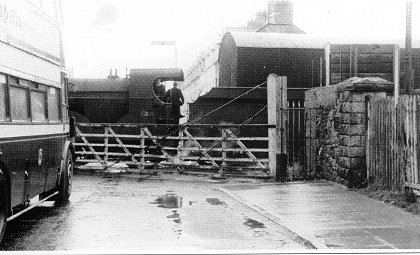The many explanations of the Gaelic derivation of local place names is often a cause of exasperation. That we cannot be prescriptive is a testimony of the name’s antiquity; it also reflects on the possibilities of both languages; and it frequently tells of our diverse history and demonstrates that no matter who we are, we share a common rich heritage. Here are just two examples that we have recently referred to.
The village of Forkhill, recently featured (and about to get another article!) lies beneath Slieve Gullion’s tail. Older residents say ‘Far – cill’. Some believe it refers to an ancient clan, Orcaill. Others suggest it comes from the Gaelic for Cold Wood, and indicate that the famous and ancient Dunreavy Wood ended at the village.
I have been told its derivation is from a Gaelic word referring to a water course or ‘trough’. Personally I suspect it might derive directly from ‘Church of the Men’ as we have Church of the Priest (Kilnasaggart) and Church of Women (Kilnaman) too.
But merely contemplating these alternatives causes us to remember ancient clans and their names; to recall that until a few short centuries ago, our land was covered in forests, and to remember tales associated with Dunreavy Wood; to consider the river, lakes and unique water features of the area and how they were developed in the past; and to accept the central role of religion and particularly Christianity in the last two millennia.
And Slieve Gullion itself. The term in English refers to a body of still water in a ‘gully’ possibly and may refer to the lake on the mountain top.
It may however derive from the Gaelic for ‘holly’ with which the mountain was once covered.
It may derive from Cullain, the smith to the court of Conor McNessa and the Red Branch Knights; or to Cuchullain whose greatest exploits happened in this vicinity and whose name means Hound of Cullain.
I have also heard it suggested that the clouds and mist that frequently cover its top may have brought about a name that could possibly derive from the Gaelic ‘to cry’; and again, that verb along with the name of that other hero, Fionn (MacCool).
So, how many tales, legends and stories of folk history does that conjure up?
Let’s just celebrate our diversity and the richness of our common history!
